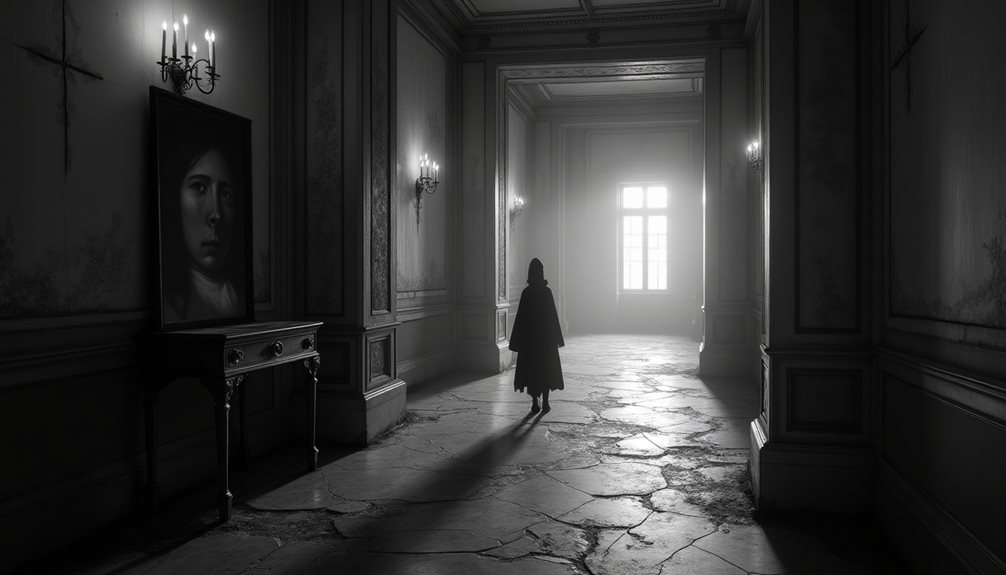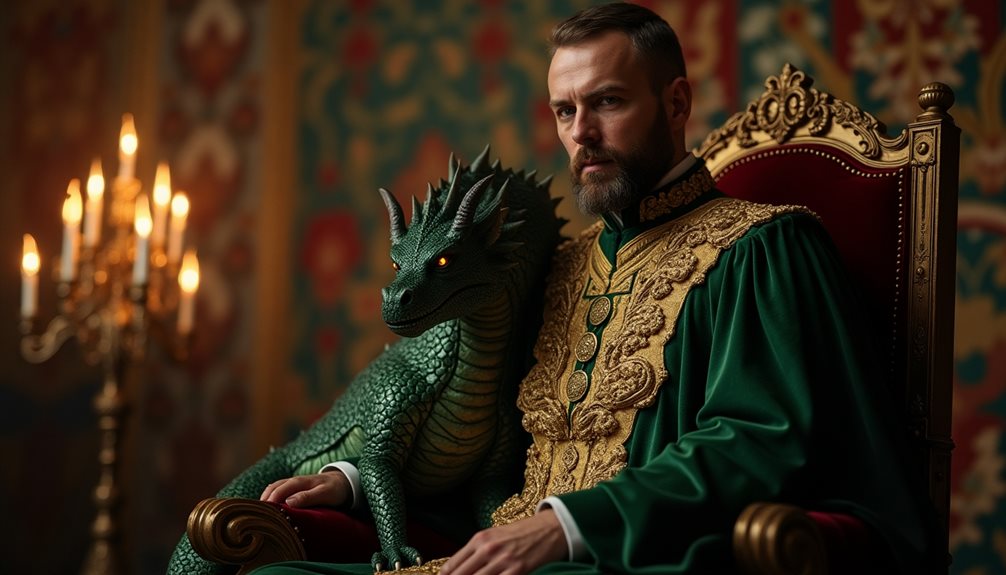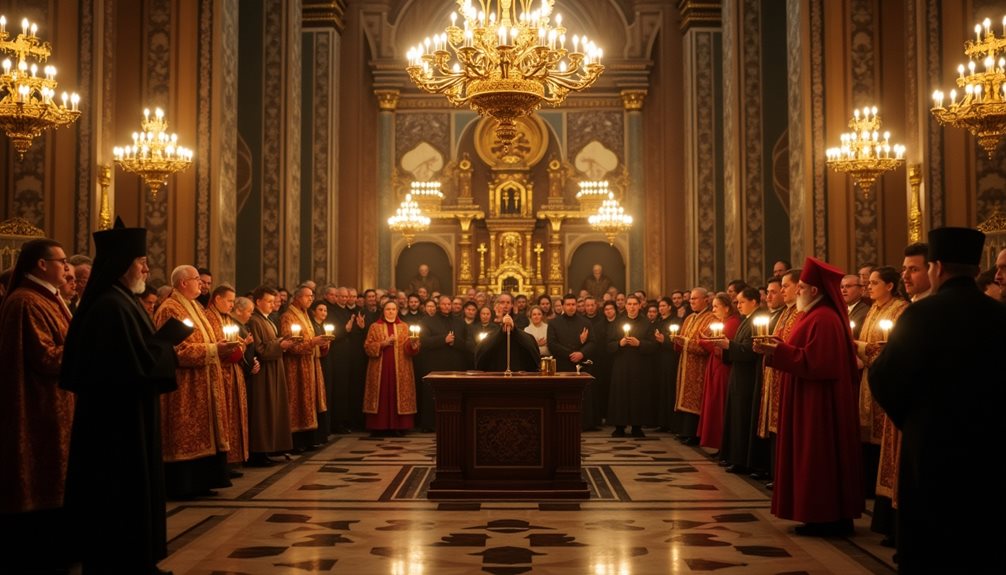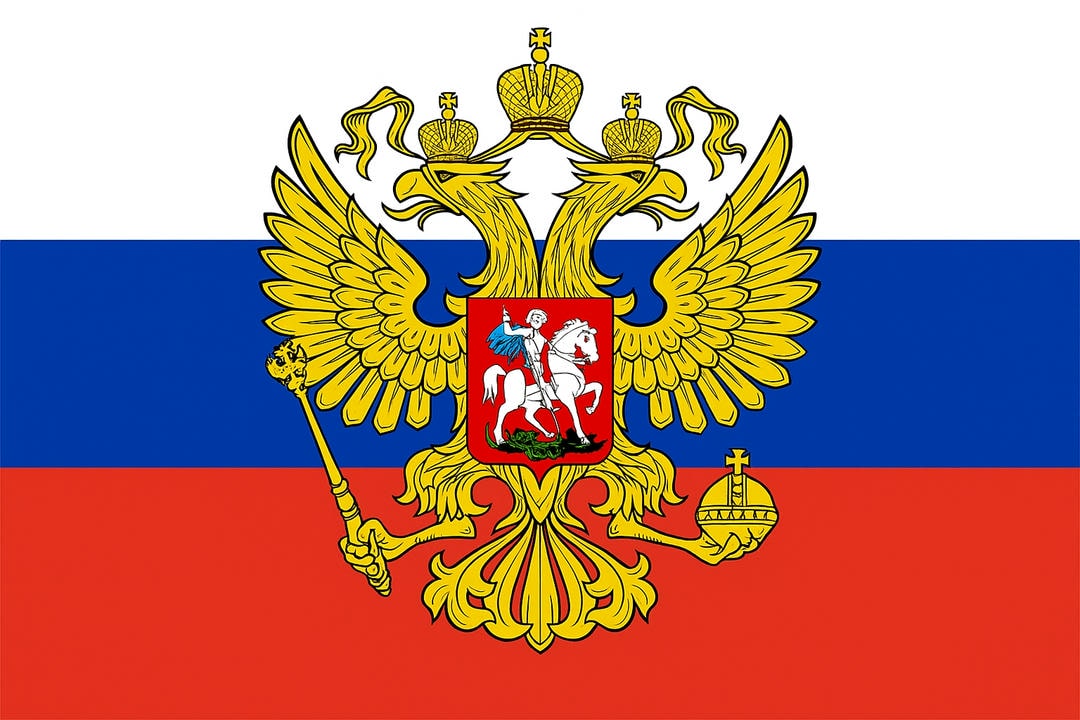The Romanov dynasty’s history is shrouded in a dark cloud of ominous events and chilling prophecies that seem to foreshadow its tragic end. From the earliest curses tied to Marina Mniszech’s bloodline to the eerie warnings delivered by Monk Abel and the enigmatic predictions of Rasputin, these supernatural portents cast a long shadow over the fate of Russia’s imperial family. This tangled web of superstition, political intrigue, and fatalism not only shaped the course of the Romanovs’ reign but also deepened the mystery surrounding their dramatic downfall. Exploring these forewarnings offers a gripping insight into how destiny, fear, and power converged to bring about one of history’s most infamous collapses.
The Legacy and Tragedy of Marina Mniszech’s Son

The early 17th century was a turbulent time in Russian history, known as the Time of Troubles—a period marked by dynastic conflicts, foreign intervention, and widespread instability. One key figure in this era was Marina Mniszech, a Polish noblewoman whose marriage to False Dmitry I briefly positioned her son as a claimant to the Russian throne.
Marina’s son, often referred to as False Dmitry II’s son or Ivan Voryonok, represented a significant threat to the emerging Romanov dynasty. To consolidate their power and restore order, the Romanovs decisively eliminated this rival claimant in 1614. This act secured Mikhail Romanov’s position as tsar, marking the beginning of Romanov rule that would last over 300 years.
Though a political necessity, this violent suppression gave rise to legends and rumors of a curse linked to Marina’s bloodline. These stories reflect the deep cultural belief in fate and divine justice pervasive in Russia at the time, illustrating how dynastic rivalry was inseparable from spiritual and cultural narratives.
Eudoxia Lopukhina’s Dire Warning to Peter the Great
Eudoxia Lopukhina, Peter the Great’s first wife, embodies the clash between Russia’s old traditions and Peter’s revolutionary vision. Forced to become a nun in 1698 after falling out of favor with Peter, Eudoxia reportedly cursed her husband with the words: “St. Petersburg shall not stand and it shall be empty.” This statement symbolized resistance to Peter’s sweeping reforms aimed at modernizing Russia along Western European lines.
Despite this ominous warning, St. Petersburg flourished as Russia’s new capital and a symbol of its emergence as a major European power. The city’s success highlights Peter’s determination to forge a modern state while also underscoring the tensions within Russian society between innovation and tradition.
Eudoxia’s story enriches our understanding of how personal grievances within the royal family mirrored broader societal struggles—between old Russia and new Russia—that shaped the nation’s path.
Monk Abel’s Foretelling of Catherine the Great’s End
In 18th-century Russia, spiritual figures continued to influence perceptions of rulers and their fates. Monk Abel, a respected monastic figure, is remembered for his prophecy predicting Empress Catherine the Great’s death within eight months. This prediction was reportedly discovered after Abel’s death and reported to Catherine herself, who died in November 1796 as foretold.
Though Abel later became embroiled in controversies and faced arrests for monetizing his prophetic abilities, his initial forecast remains a striking example of how faith and power intertwined during the Romanov era. His story reflects the enduring role of religious authority in shaping political legitimacy and public sentiment in Russia.
Rasputin’s Haunting Influence on the Romanovs’ Fall
Perhaps no figure symbolizes the mysticism surrounding the late Romanov period more than Grigoriy Rasputin. A Siberian peasant turned mystic, Rasputin gained extraordinary influence over Tsar Nicholas II and Tsarina Alexandra, particularly because of his reputed ability to ease the suffering of their hemophiliac son, Alexei.
Rasputin is often linked to a dark prophecy warning that harm to him would lead to the downfall of the Romanovs. After his assassination in December 1916—a desperate attempt by nobles to save the monarchy—the imperial family was executed less than two years later in 1918 following the Bolshevik Revolution.
While historians debate the authenticity of Rasputin’s prophecy, his presence epitomizes the complex intersection of mysticism, political intrigue, and social upheaval that characterized Russia’s final imperial years. Rasputin’s story also reflects broader themes of crisis and transformation within Russian society leading up to revolutionary change.
The Ipatyev Connection: The Beginning and End of an Era
The Romanov dynasty’s remarkable span—from 1613 to 1918—is poetically marked by two historically significant locations sharing the name Ipatyev, symbolizing the dynasty’s cyclical fate.
- Ipatiev Monastery: In 1613, Mikhail Romanov was elected tsar at this monastery in Kostroma. This event ended the Time of Troubles and initiated three centuries of Romanov rule—a period during which Russia expanded territorially, culturally, and politically.
- Ipatiev House: Over three centuries later, in 1918, Tsar Nicholas II and his family were tragically executed here in Yekaterinburg. Though unrelated geographically to the monastery, this house carries historical weight as the site marking the dynasty’s violent end.
This ironic connection underscores how places in Russian history can symbolize broader national narratives—resilience, continuity, but also tragic transformation.
Understanding Russia Through the Romanov Story
The Romanov dynasty’s history is not solely one of royal power or tragic downfall; it is a window into Russia’s complex identity—its struggles between tradition and change, faith and reason, autocracy and revolution. From Marina Mniszech’s bloodline to Rasputin’s prophecies, these stories highlight how superstition, politics, and culture intersected uniquely in Russia.
For those looking to understand Russian history and culture deeply, exploring the Romanovs offers invaluable lessons on resilience amid adversity and the enduring spirit that continues to shape modern Russia. The dynasty’s legacy remains a vital part of Russia’s story—an epic blend of glory and tragedy that continues to captivate and educate people worldwide.




